Properly winterizing your swimming pool—whether it’s an inground pool, above ground pool, or saltwater pool—can save you time, money, and hassle when it’s time to reopen in the spring. However, many pool owners make a few common mistakes that lead to issues like freeze damage, algae growth, or extra cleanup.
In this guide, we’ll cover the top winterization mistakes for both inground and above ground pools, and provide tips on how to avoid them for a smooth, stress-free winter season.
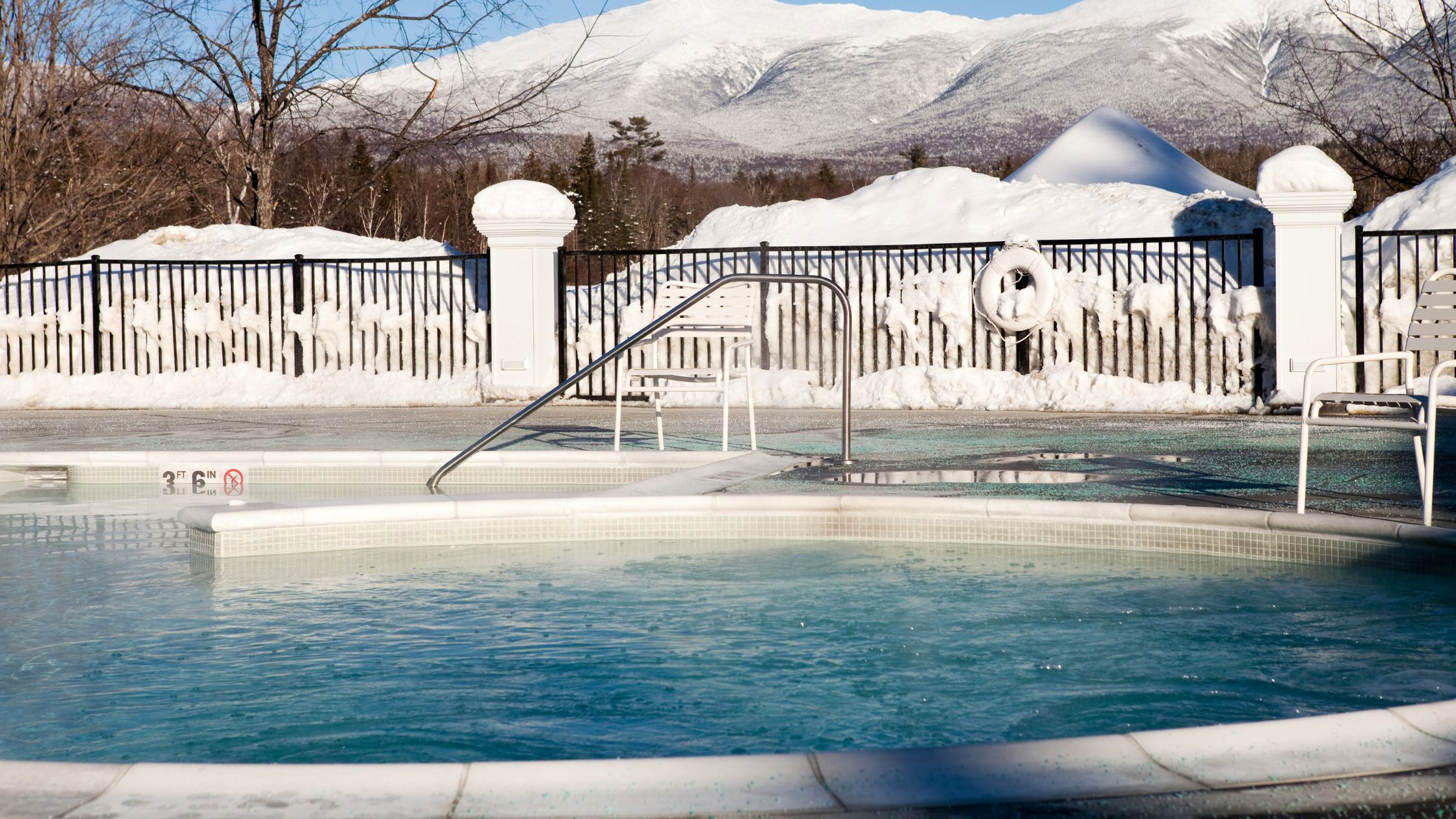
1. Closing the Pool Too Early
Why It’s a Mistake:
Closing your pool too early in the season is one of the most common mistakes pool owners make, especially where water temperature plays a crucial role. If the water is too warm when you close it, algae can thrive even with a pool cover in place, leading to a green pool in spring.
How to Avoid It:
To effectively winterize a pool, wait until the water temperature consistently stays below 65°F (18°C) before closing. Algae growth slows significantly at cooler temperatures, so timing your closure properly will help keep your swimming pool clear. Saltwater pools also benefit from cooler temperatures during winterization, as this reduces strain on the salt cell and minimizes algae growth.
If you’re uncertain about the best time to close, consult with a local pool professional to ensure the timing is right for your climate. For both inground and above ground pools, waiting until temperatures cool down will keep your pool water cleaner over winter.
2. Ignoring Water Chemistry Before Closing
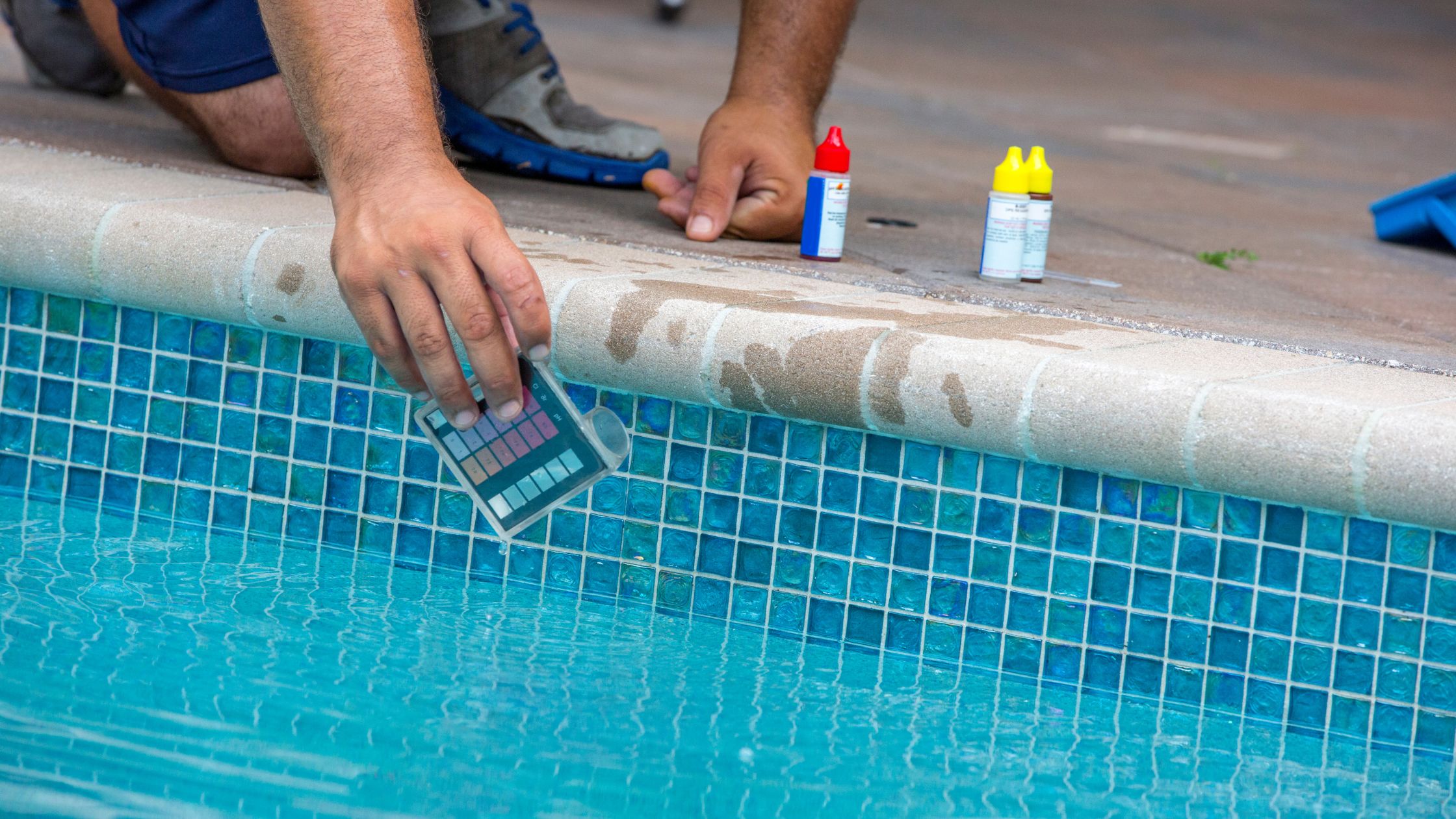
Why It’s a Mistake:
Unbalanced water chemistry can lead to staining, scaling, and corrosion of your pool surfaces and equipment. When you winterize a pool, it’s essential to balance the pH, alkalinity, and calcium hardness before shutting everything down. Ignoring this step can result in a significant amount of algae and bacterial growth, which can lead to a dirty pool and costly repairs in spring.
How to Avoid It:
Before closing, test and balance the water chemistry. For most pools, you’ll want:
- pH: Between 7.2 and 7.6
- Total Alkalinity: 80-120 ppm
- Calcium Hardness: 200-400 ppm
Balancing the chemistry before winter ensures that your pool equipment, like pumps, filters, and salt cells, is protected from corrosion and scale buildup. E-Z POOL® is an excellent product for simplifying this process. This all-in-one formula keeps pH and alkalinity levels balanced and includes a shock and algaecide, helping prevent green water in the spring.
For saltwater pools, balancing water chemistry is even more important, as it protects the salt cell from scale buildup, extending its lifespan.
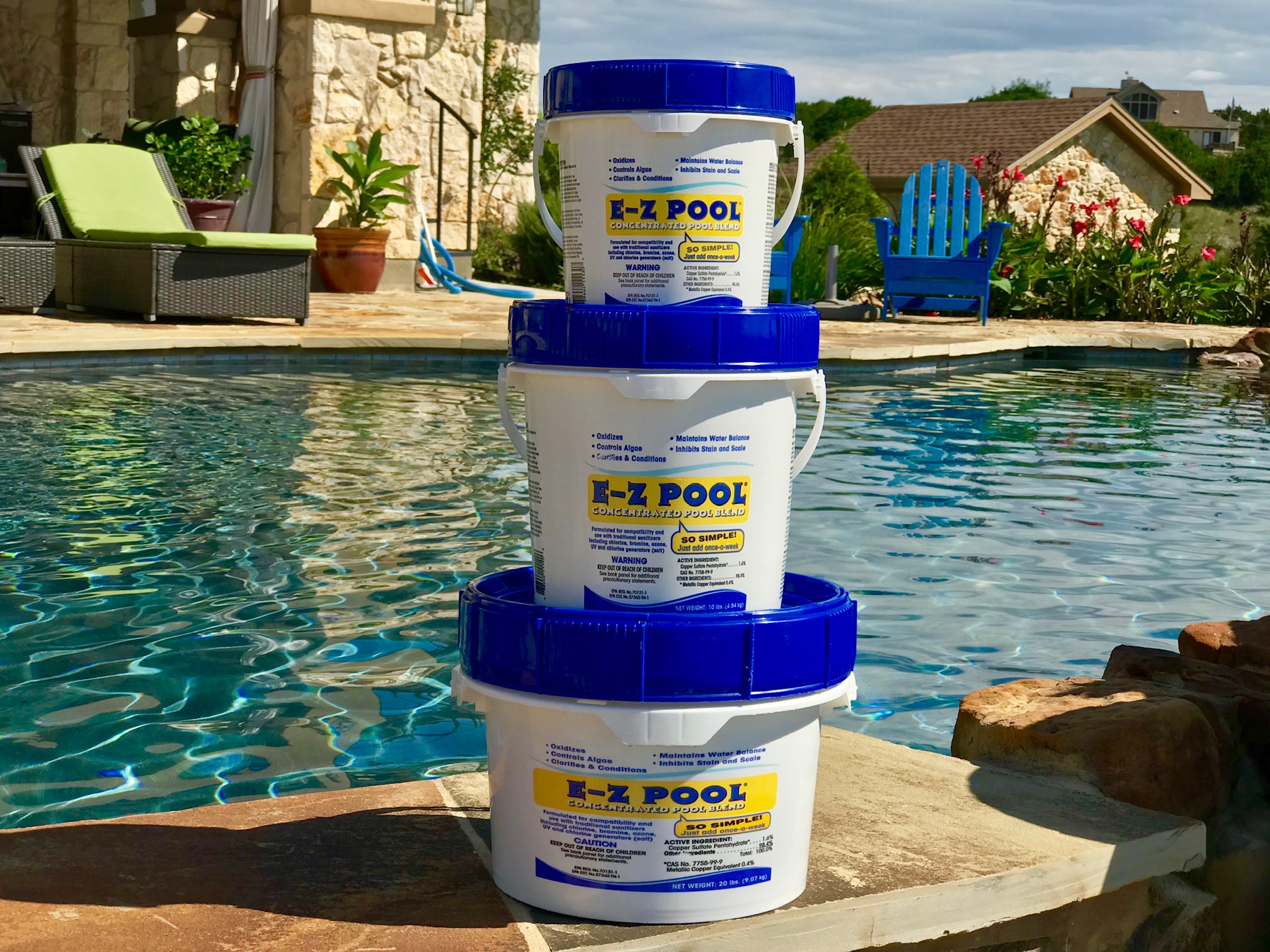
3. Skipping the Final Cleaning
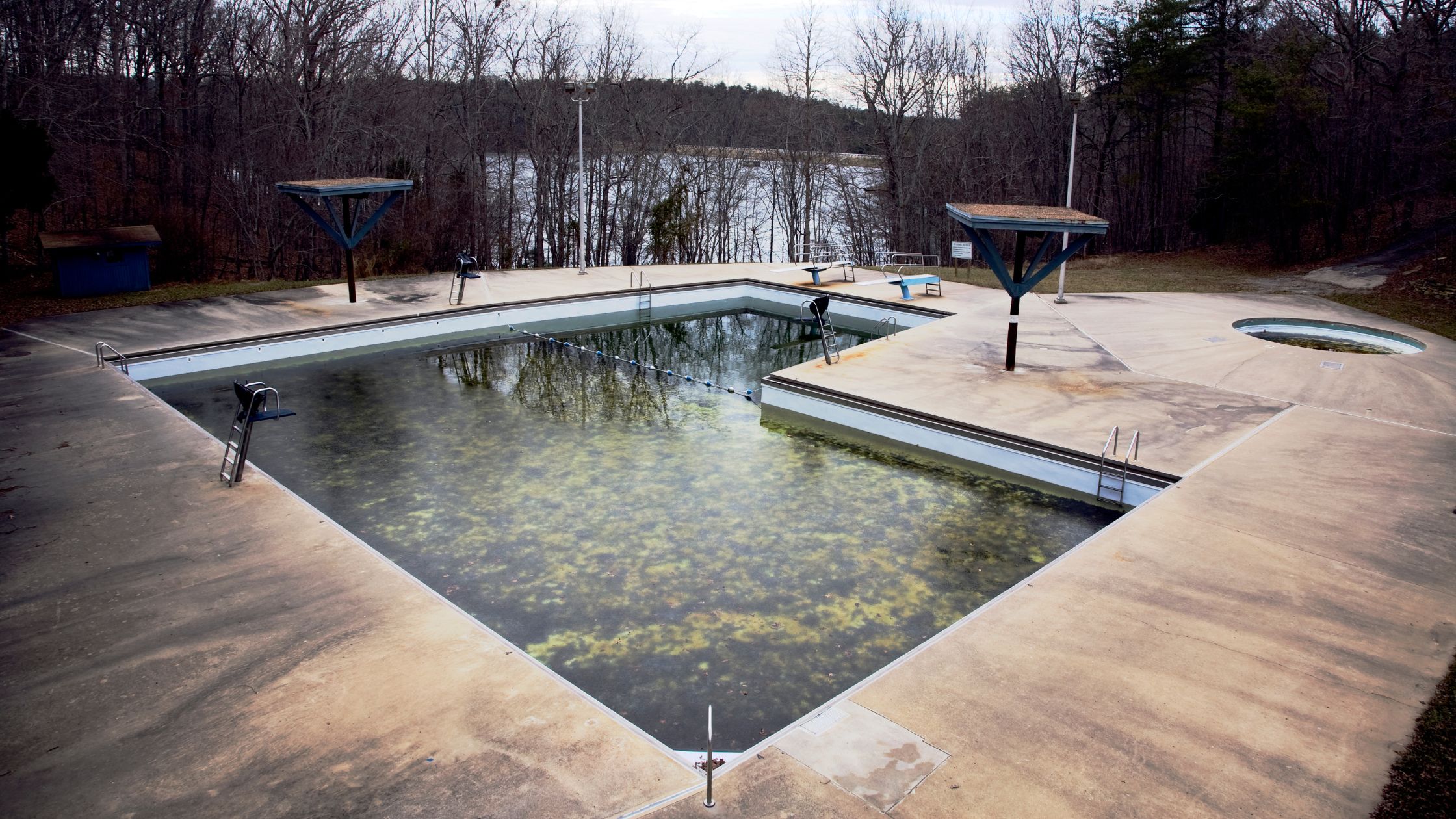
Why It’s a Mistake:
Neglecting to clean your pool thoroughly before closing can lead to staining, debris buildup, and higher phosphate levels, which feed algae. Leaves, dirt, and other organic matter that stay in your pool over the winter can decompose, creating an environment where algae can flourish.
How to Avoid It:
To avoid a green pool come spring, take the time to thoroughly clean your pool before covering it. This includes:
- Brushing the Walls and Floor: Brush all surfaces to remove dirt, algae, and grime that may be clinging to the walls or floor.
- Vacuuming the Bottom: Use a pool vacuum to clean up any debris that has settled at the bottom.
- Skimming the Surface: Remove any floating leaves, bugs, or debris.
This step is particularly important, as debris can increase phosphate levels, leading to faster algae growth.
To make your pool closing easier, consider using ENZymePRO®, which helps break down organic contaminants that might be left behind. This enzyme-based product prevents buildup on waterlines and minimizes scum formation, keeping your pool cleaner throughout the winter.
4. Using the Wrong Pool Cover (or Not Securing It Properly)
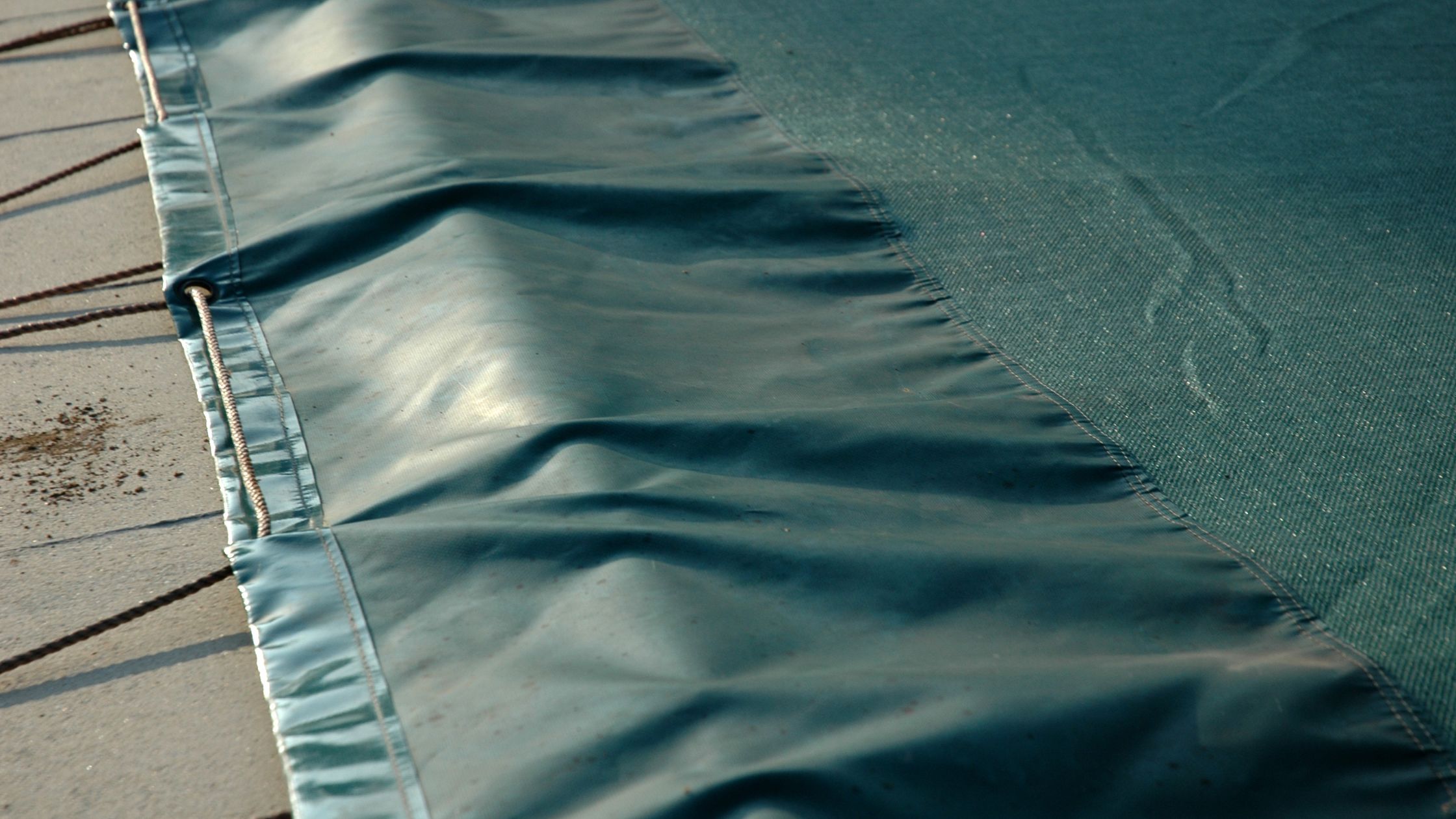
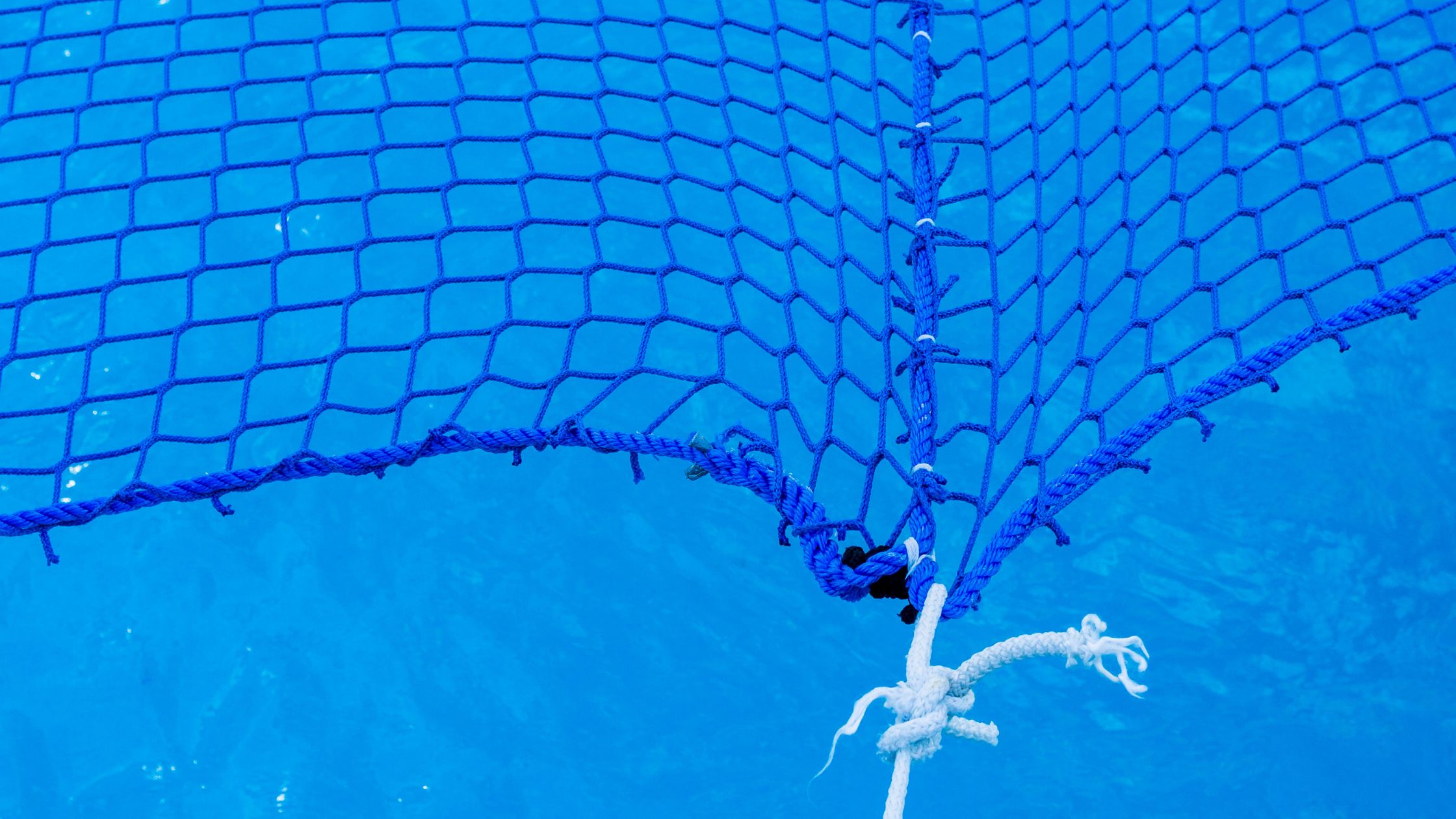
Why It’s a Mistake:
The type of pool cover you choose and how you secure it are critical elements to keeping your pool clean and safe over the winter. An improperly secured cover can allow debris, rainwater, and even small animals to get into the pool, increasing the risk of algae growth and equipment damage.
Additionally, above ground pools require special consideration to prevent cover damage from water accumulation or wind. When using a mesh pool cover, it is important to lower the water level to a certain depth below the skimmer to ensure proper coverage and protection.
How to Avoid It:
Select a cover that’s best suited to your pool type and climate:
- For Inground Pools: Use a high-quality cover to block sunlight and prevent debris from entering. Solid High quality covers also help keep water temperatures lower, reducing the likelihood of algae growth.
- For Above Ground Pools: Choose a strong, well-fitted above ground pool cover, and secure it well (per the cover manufacturer's recommendations) to prevent it from blowing off. Check the cover periodically throughout the winter to ensure it remains in place. Using an air pillow is crucial to create a buffer between the water and the cover, reducing pressure from ice and snow, and preventing damage to the pool structure.
Mesh covers allow water to pass through, but they may let small debris enter as well, so be prepared for additional cleaning in spring.
If you choose a mesh cover, consider using OXY SPLASH™ as a non-chlorine oxidizer at closing to help clear contaminants.
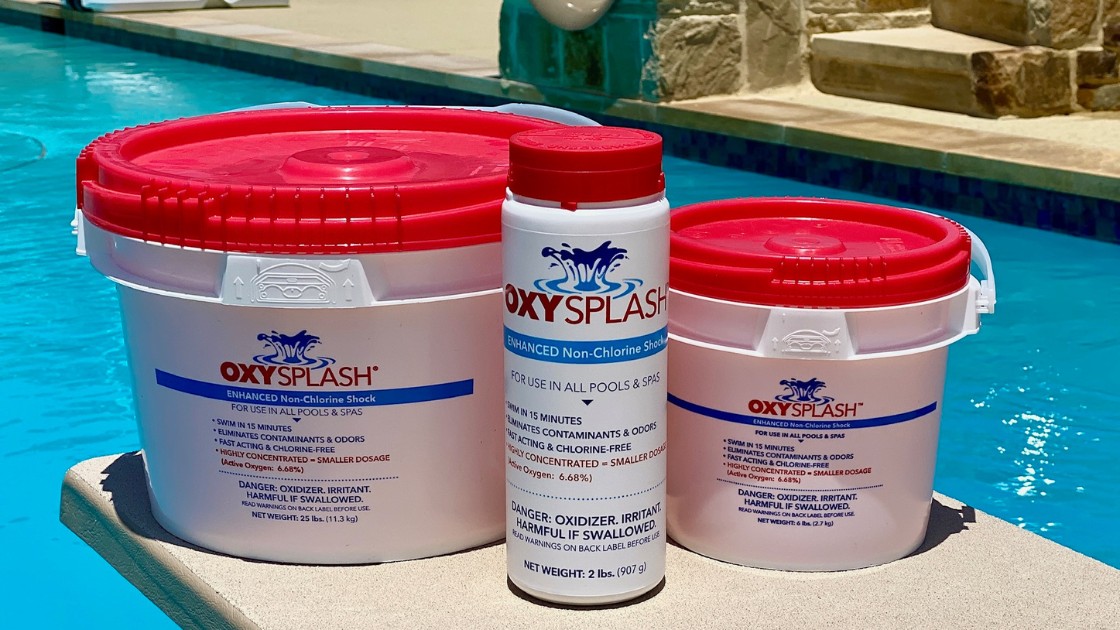
5. Failing to Blow Out and Protect Pool Equipment and Plumbing Lines
Why It’s a Mistake:
Leaving water in your pool equipment or plumbing lines can result in serious freeze damage. When water freezes, it expands, which can cause cracks and damage to pipes, pumps, filters, and other equipment. This is especially critical for an in ground pool, where plumbing lines are often more complex and harder to access.
How to Avoid It:
After lowering your water level, use the appropriate equipment to blow out any remaining water in the plumbing lines. This will help prevent freezing and potential damage to your pool equipment. For added protection, you can add pool-grade antifreeze to plumbing lines. However, never use automotive antifreeze, as it is not safe for swimming pools. Consult with your local pool professional for instruction on properly winterizing the plumbing and equipment for your specific pool.
Above ground pools also need this step, particularly if you have a removable pump and filter. Drain these components and store them in a dry, sheltered area to avoid freeze damage.
For saltwater pools, it’s essential to fully drain the salt cell and inspect it for any buildup before storing it. PEPPER® can help prevent scale buildup on the salt cell, reducing the need for cleaning and maintenance during the winter.
6. Incorrect Water Level Adjustment
Why It’s a Mistake:
Incorrect water level adjustment is a common mistake that can lead to damage to your pool and its equipment. If the water level is too high, it can cause damage to the pool walls and equipment from freezing temperatures. On the other hand, if the water level is too low, it can cause the pool cover to sag, collecting debris and potentially tearing.
How to Avoid It:
When winterizing your pool, adjusting the water level properly is crucial to avoid damage. The ideal water level may vary based on factors like pool type, cover type, and local climate. For the best guidance, consult a local pool professional or the builder who installed your pool, as they can provide specific recommendations based on your pool’s design and your region’s winter conditions. However, here are some generally accepted guidelines to help you avoid common issues.
- For Inground Pools: Lower the water level to about 4–6 inches below the skimmer or the tile line, depending on your pool cover type. This gives room for water expansion during freezing conditions, preventing damage to pool walls and equipment. However, avoid lowering the water too much, as an excessively low level can cause structural stress on the pool walls, especially in colder regions.
- For Above Ground Pools: Reduce the water level to just below the skimmer, but be careful not to go too low. Above ground pools rely on the water pressure to stabilize the pool walls, so maintaining some water level is crucial. If your cover is mesh, a slightly lower water level allows for drainage, while a solid cover requires a more balanced level to prevent sagging.
- Secure Your Pool Cover Correctly: Ensure that the pool cover is properly secured and fitted to avoid sagging. Use water bags, weights, or a tight fastening system, depending on your cover type, to keep it stable during winter. For pools with solid covers, a balanced water level helps prevent the cover from sagging and collecting heavy debris, which could lead to tears.
Taking these steps ensures that the water level is correctly adjusted and that your cover is supported. This approach protects your pool from freeze damage and minimizes maintenance when it’s time to open your pool in the spring.
Things to Remember
- Clean the pool thoroughly using a pool vacuum and skimmer net.
- Lower the water level appropriately using the filter system or a submersible pump.
- Winterize the pool structure, equipment and plumbing system correctly.
- Add winterizing chemicals (shock, algaecide, stain and scale remover) to the pool water.
- Drain and store all pool equipment, including the pump and filter.
- Cover the pool with a mesh or solid pool cover.
By following these steps and tips, you can ensure that your above ground pool is properly winterized and ready for the next swimming season.
Conclusion: Avoiding Winterization Pitfalls for a Clean Pool and Smooth Spring Opening
Taking the time to properly winterize your swimming pool, whether it’s an inground pool, above ground pool, or saltwater pool, will protect your investment and make spring opening a breeze. Avoid these common mistakes—such as closing too early, neglecting water chemistry, skipping the final cleaning, using the wrong cover, and leaving water in pool equipment and plumbing lines—to keep your pool in top shape all winter.
Using products like E-Z POOL® for balanced water chemistry and ENZymePRO® for managing organic buildup helps reduce the risk of green water and makes it easier to reopen your pool.
With these tips, you’ll ensure that your pool stays clean, clear, and ready for another season of swimming.
